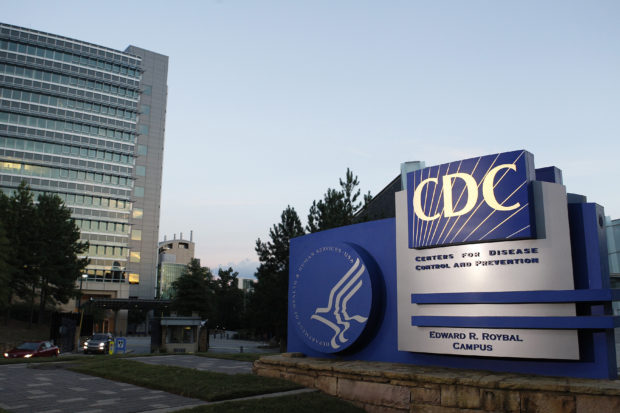Teen mental health emergency visits decline in US as pandemic eases, CDC says

FILE PHOTO: A general view of the Centers for Disease Control and Prevention (CDC) headquarters in Atlanta, Georgia September 30, 2014. REUTERS/Tami Chappell
Adolescents in the United States made fewer weekly emergency department (ED) visits for mental health conditions in Fall 2022 compared to a year earlier, researchers at the Centers for Disease Control and Prevention (CDC) reported Thursday, May 11.
By late 2022, pandemic restrictions had been loosened or lifted and adolescents had generally returned to schools, with better social engagement and reduced isolation linked with improved mental and behavioral health, the researchers noted.
However, while mental health emergency visits for adolescents overall during that year fell by 11%, poor mental and behavioral health in this age group remains a substantial public health issue, they said.
READ: Mental health crisis: 404 student suicides in 2021-22
Between Fall 2021 and Fall 2022, weekly ED visits for opioid-involved overdoses increased by 41% in adolescent males and by 10% in females, according to data published in the CDC’s Morbidity and Mortality Weekly Report.
Article continues after this advertisementAnd compared to three years earlier, the number of ED visits by females in Fall 2022 was unchanged for mental health conditions overall, 14% higher for suicide-related behaviors, and 16% higher for drug overdoses, the researchers found.
Article continues after this advertisementAmong adolescent males, numbers of weekly visits in Fall 2022 for mental health conditions overall were lower than in Fall 2019 but were unchanged for suicide-related behaviors and drug overdoses.
READ: Pandemic fuels suicidal thoughts in youth
Any adolescent overdose is concerning, particularly with adolescents’ increased access to highly potent and lethal counterfeit pills containing illicitly manufactured fentanyl via social media platforms, the CDC said.
A recent report by the CDC also showed that fentanyl-related deaths in the United States more than tripled over five years.
The CDC said early identification of at-risk individuals and trauma-informed interventions, coupled with evidence-based, comprehensive prevention efforts, are needed to support adolescents’ mental and behavioral health.
RELATED STORIES
Schools need dedicated nurses for mental health service
Lack of awareness hinders mental health services for kids among LGUs
Millennials, Gen Z majority of callers on mental health hotline